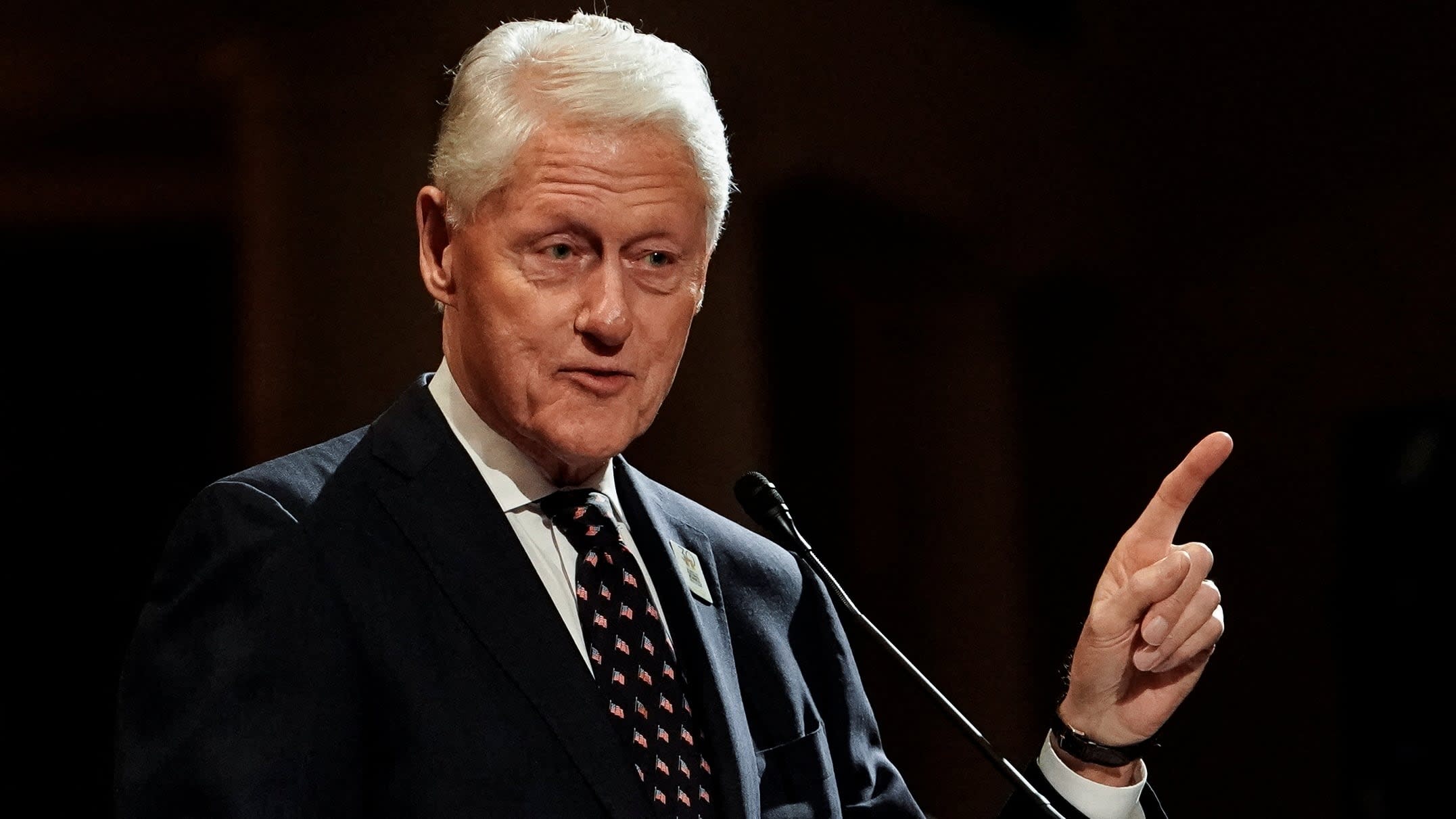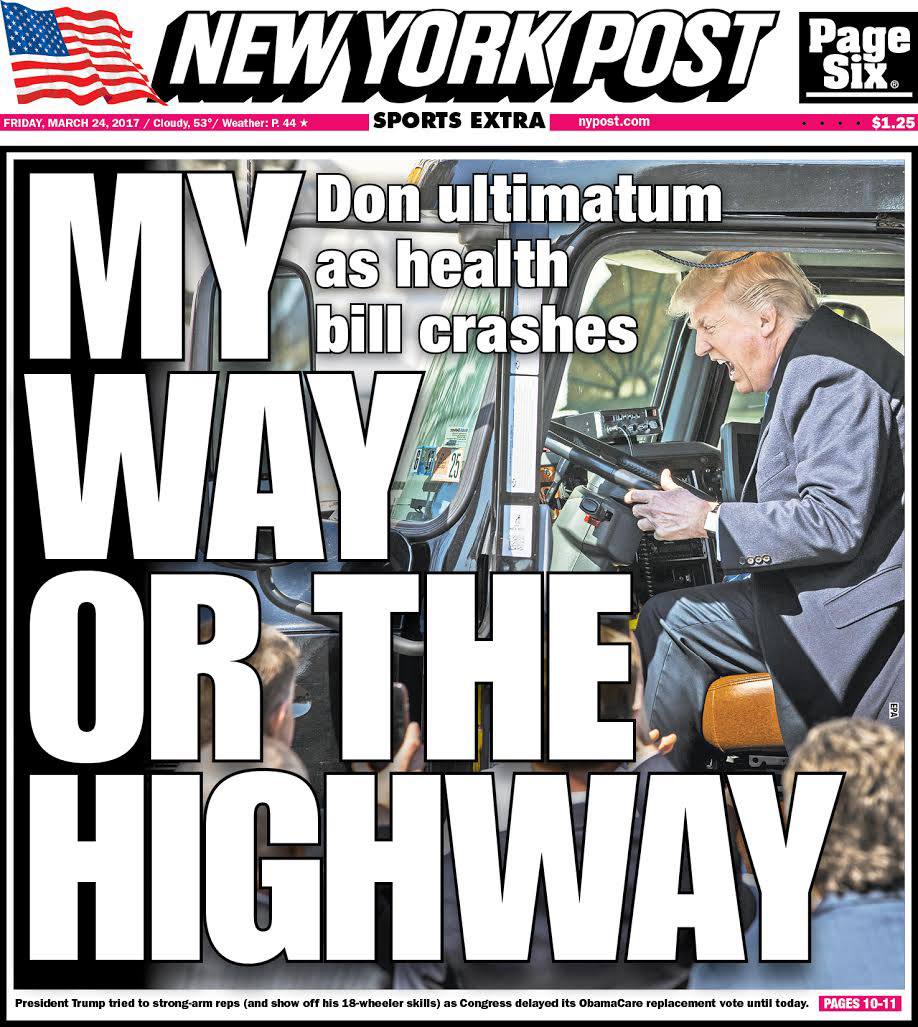The Trump administration’s confused and misplaced understanding of its own national “interests” and “threats” will not only fail to help resolve the enormous domestic challenges facing the United States but will lead it further down the wrong track.

Former U.S. President Bill Clinton digs at President Donald Trump over ‘my way or highway’ style governancetalks in an interview with CBS on June 1, 2025.
In Donald Trump’s first term, as a political novice, the international community underestimated his impact on foreign policy. But now his second term’s impact has been overestimated. Neither estimate helps us objectively understand his strategy.
The U.S. administration has not yet released a new National Security Strategy Report, so there is understandably a lot of speculation about the direction Trump will take — so much that many people doubt the very existence of a truly global strategic framework for the country. As of now, there are at least four serious misalignments or mismatches.
First, there is a mismatch between Trump’s intentions and his actual capabilities. In assessing the U.S., intention and capability are the two central variables, and they are inextricably linked. The essence of Trump’s “Make America Great Again” (MAGA) concept is to maintain the country’s hegemonic global dominance. Although Trump’s foreign policy includes a kind of isolationism, he has never — from his first term until now — hidden his intent to continue to maintain the heavy-handed “global leadership” of the United States. In truth, however, the U.S. is increasingly unable to do so.
Perhaps Trump has seen the limitations of U.S. strength in the real world, so he has pushed, for example, for the abandonment of additional support for Ukraine and asked allies to increase military spending to reduce America’s international obligations. On one hand, in the absence of fundamental adjustments to the U.S. foreign strategy, small policy adjustments will not reverse this misalignment; on the other hand, the performance and consequences of U.S. action with respect to the Gaza cease-fire, Ukraine-Russia truce, Red Sea crisis and tariff war are enough to prove that Trump and his team seriously overestimated U.S. foreign policy capabilities.
Second, there is a mismatch between Trump’s aspirations and the means he has available to implement America’s global strategy. Generally, diplomacy is an extension of a country’s domestic politics, so the fundamental impetus of Trump’s diplomacy should stem from his MAGA blueprint.

NY Post mocks Trump truck photo-op with ‘My way or the highway’ cover in 2017.
However, Trump’s means of pursuing his goals yield the opposite. Not only can he not make America great again but to a certain extent he damages the fundamental interests of the United States, either directly or indirectly.
For example, after Trump regained power, the United States withdrew from a series of international organizations. His administration’s backtracking and mismatches of words and deeds have greatly weakened the credibility and soft power of the United States in the international community. Trump’s self-proclaimed “Liberation Day” on April 2, the day the tariff war was launched, was a direct abandonment of the global free trade rules that have been gradually formed since World War II.
In fact, as the most important industrialized country in the world after World War II, the United States has been the biggest beneficiary of the global free trade system. More important, its practice of ignoring the rules of international trade and wielding tariffs at every turn against every other country does not help to solve the socioeconomic problems faced by the United States. It only makes the United States itself a target of the international community.
Third, there is a mismatch between Trump’s perception of international affairs and the current trend of today’s real world. The United Nations, founded after World War II, has long stipulated in its charter that “all member states are equal in sovereignty” and that the territorial or political independence of any member state must not be violated by threat or force.
Yet, at the beginning of this term, Trump repeatedly said that Canada should become the 51st state of the United States and even disparaged the former Canadian prime minister, Justin Trudeau, as a “governor.” At the same time, Trump has made no secret of his ambition that the Panama Canal and Greenland should be absorbed by the United States.
Such blatant proposed violations of the sovereignty and territory of other UN member states is not only inconsistent with the purposes of the UN Charter but are also a far cry from the traditional colonialist practices that the United States has opposed since World War II. At a time when the world has long since entered the era of post-colonialism, these unthinkable words are manifestations of the hegemonic arrogance of the United States, and they highlight the serious misalignment between Trump’s perception of international affairs and actual development trends.
Fourth, there is a serious mismatch between Trump’s understanding of “threats” and “interests.” For any sovereign state, identifying threats to its national interest is a fundamental premise of foreign strategy. In March, the Office of the Director of National Intelligence released the 2025 Annual Threat Assessment of the U.S. intelligence community, which placed threats to the United States in two categories. The first is non-state actors, including “transnational criminals and terrorists.” The second is major state actors, including China, Russia, Iran and others.
But these categories are not based on clear and specific national interests but seem more like an enemy-within-an-enemy demarcation based on their politics. If it realizes this, the Trump administration has still not sought international cooperation against the transnational criminals and terrorists the United States faces. Rather, it has adopted a more indiscriminate and unilateralist foreign policy.
The Trump administration’s confused and misplaced understanding of its own national “interests” and “threats” will not only fail to help resolve the enormous challenges facing the United States but will lead it further down the wrong track.
